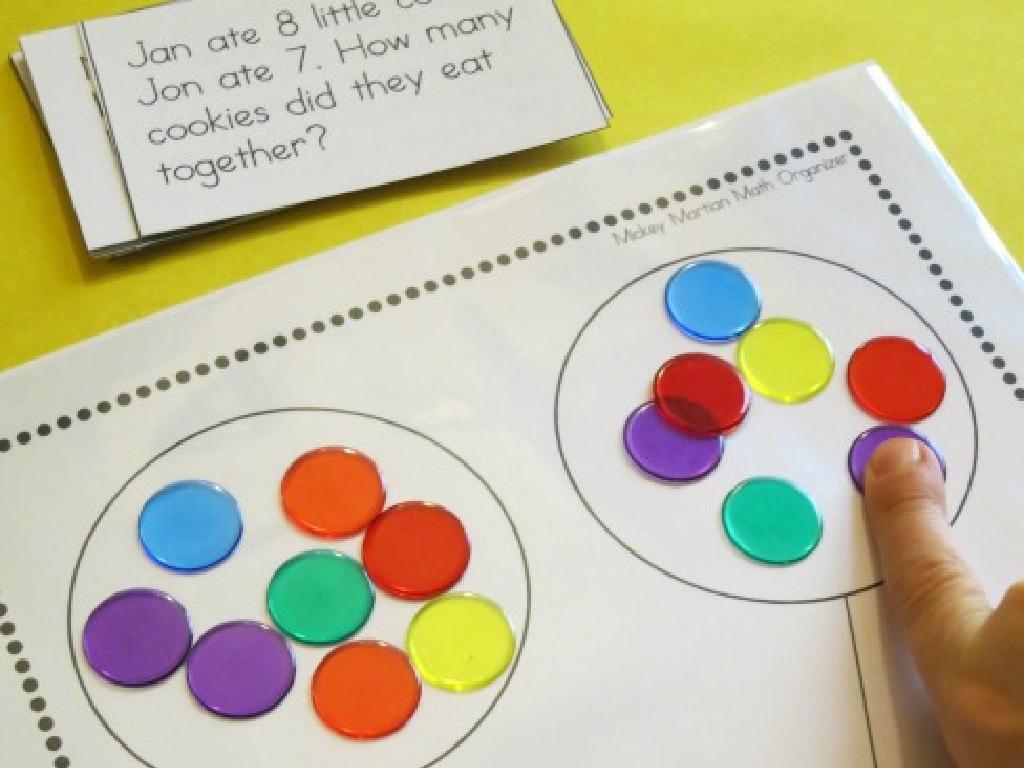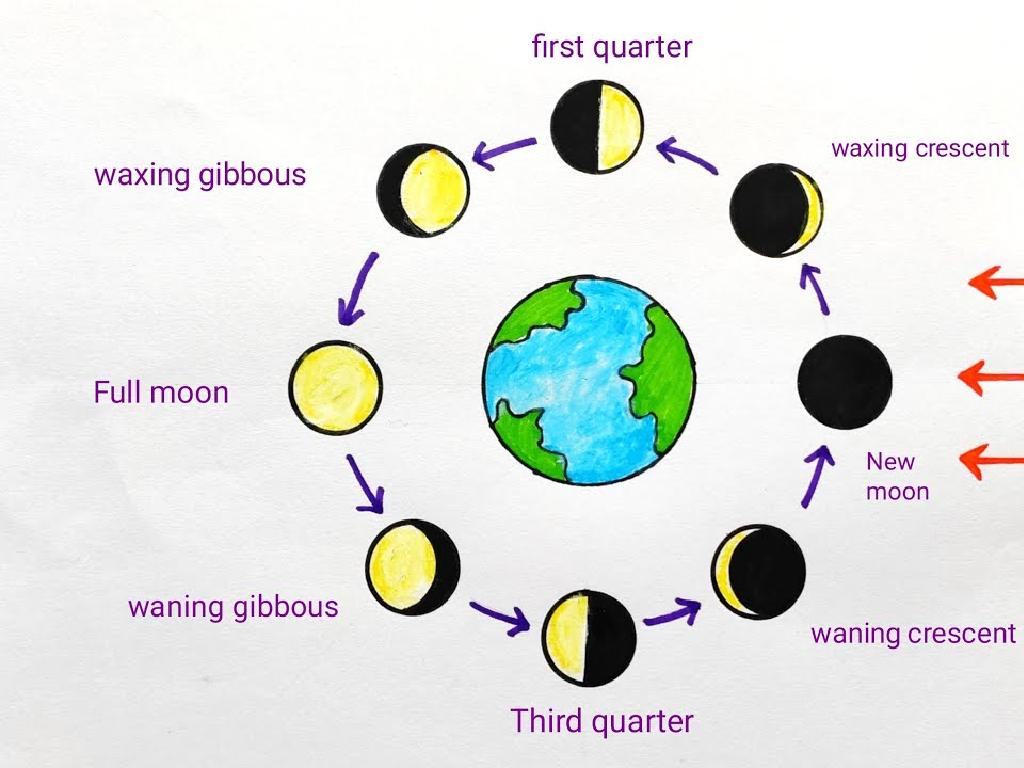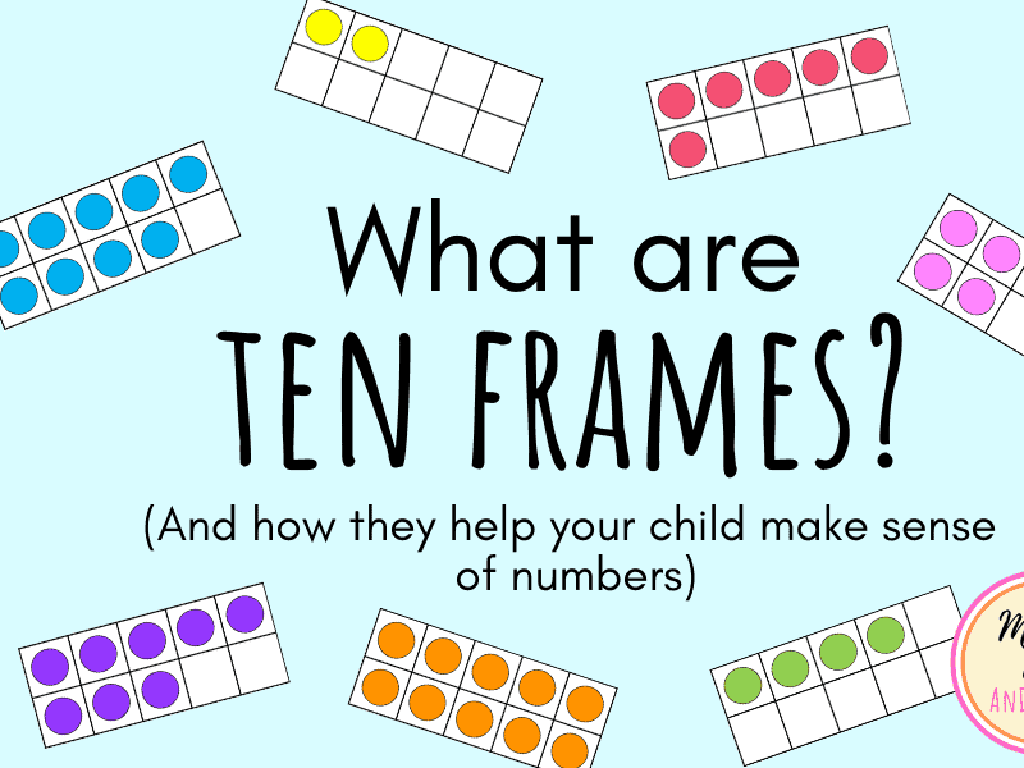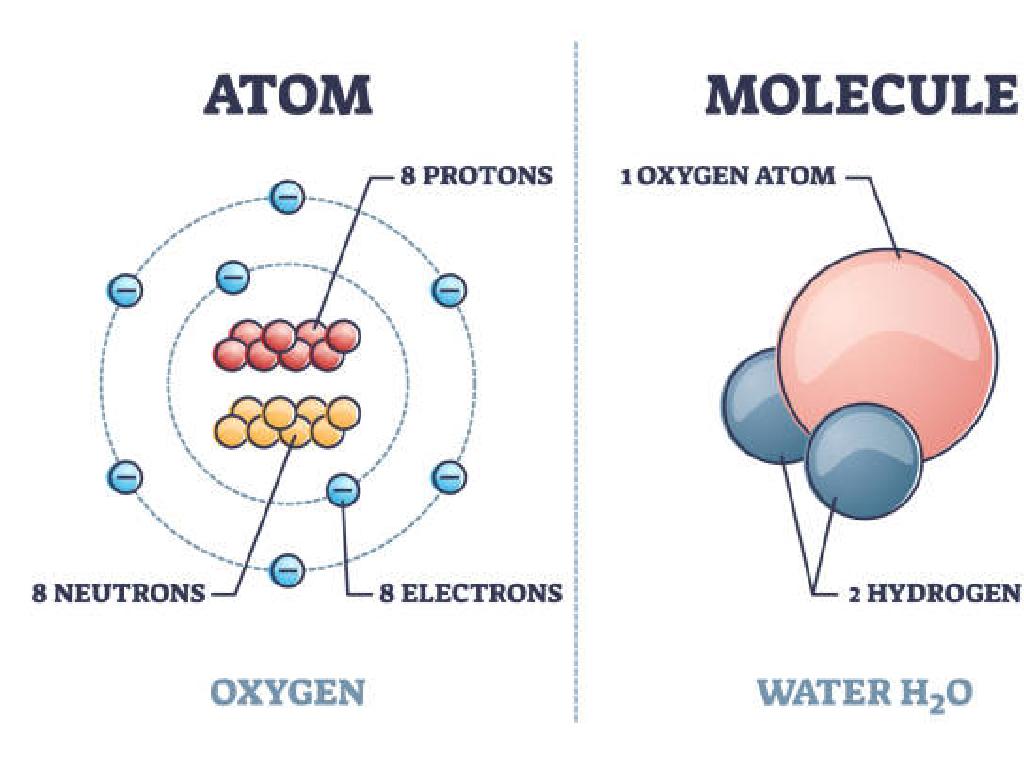World War I: The Great War
Subject: Social studies
Grade: Seventh grade
Topic: World War I
Please LOG IN to download the presentation. Access is available to registered users only.
View More Content
Introduction to World War I: The Great War
– Understanding the Great War
– An unprecedented global war from 1914 to 1918.
– Origin of the term ‘Great War’
– ‘Great’ reflects the immense scale and impact.
– Major countries involved
– Allies and Central Powers were the main blocs.
– Global impact of the conflict
|
This slide introduces students to World War I, providing a foundation for understanding its significance in history. The term ‘Great War’ is discussed, highlighting the vastness of the conflict in terms of geography, nations involved, and the lasting effects on the world. Emphasize the main alliances: the Allies, including France, the United Kingdom, and Russia, and the Central Powers, led by Germany and Austria-Hungary. Discuss how the war set the stage for major political, cultural, and social changes. Encourage students to consider why a war of such scale could be considered ‘great’ and what that implies about its legacy.
Causes of World War I: The Powder Keg Ignites
– The MAIN causes explained
– Militarism, Alliances, Imperialism, Nationalism set the stage for war.
– Assassination of Archduke Franz Ferdinand
– His death in 1914 triggered the war; a critical event.
– Complex alliances and global conflict
– Alliances turned a local conflict into a world war.
– Understanding the war’s outbreak
|
This slide aims to introduce students to the intricate causes of World War I. Begin with the MAIN acronym to simplify the complex causes: Militarism (arms race), Alliances (secret agreements), Imperialism (competing empires), and Nationalism (intense pride in one s nation). Highlight the assassination of Archduke Franz Ferdinand as the immediate catalyst for the war. Discuss how the web of alliances pulled many countries into the conflict, transforming a regional incident into a global war. Encourage students to think about how these factors created a ‘powder keg’ situation where one spark could lead to an explosion – in this case, a world war. This will set the foundation for understanding the war’s extensive impact.
Major Battles of World War I
– Battle of the Marne: First major clash
– The Battle of the Marne stopped the German advance into France in 1914.
– Gallipoli Campaign: Allies’ failed attempt
– The Gallipoli Campaign was an unsuccessful attempt by the Allied Powers to control the sea route from Europe to Russia.
– Battle of the Somme: Extremely bloody battle
– The Battle of the Somme, in 1916, had over one million casualties, showing the high cost of trench warfare.
– Significance of these turning points
– These battles marked pivotal moments in the war, shifting momentum between the opposing forces.
|
This slide aims to highlight the pivotal battles of World War I and their impact on the course of the war. The Battle of the Marne marked the end of the German sweep into France and the beginning of trench warfare. The Gallipoli Campaign was a strategic attempt to open a front that ended in a costly defeat for the Allies. The Battle of the Somme was notorious for its heavy casualties and use of trench warfare, symbolizing the futility and devastation of the conflict. Discuss the significance of these battles in shifting the momentum of the war and their lasting impact on military strategy and international relations. Encourage students to reflect on the human cost of these battles and the lessons learned from this global conflict.
Life in the Trenches During WWI
– Daily routines of trench soldiers
– Soldiers followed strict schedules, including ‘stand-to’ at dawn and dusk, cleaning weapons, and sentry duty.
– Hardships and dangers in trenches
– Soldiers contended with mud, rats, lice, and the constant threat of enemy attacks.
– Trench warfare’s psychological toll
– Long-term exposure to combat led to ‘shell shock’ and other stress disorders.
– Coping mechanisms of soldiers
– Soldiers wrote letters, sang songs, and bonded with comrades to maintain morale.
|
This slide aims to give students a vivid picture of what life was like for soldiers living in the trenches during World War I. Emphasize the daily routines that structured a soldier’s life, the unrelenting presence of danger from enemy fire, and the unsanitary and miserable living conditions. Discuss the concept of ‘trench warfare’ and how the static, confined nature of trench life could lead to severe psychological effects, such as shell shock, now known as PTSD. Highlight the human aspect by discussing how soldiers coped with these conditions, finding solace in camaraderie and routine activities. Encourage empathy by asking students to imagine how they would feel in similar circumstances.
Technological Advancements in WWI
– Introduction to new WWI weapons
– Tanks, machine guns, and poison gas were game changers on the battlefield.
– Airplanes and submarines impact
– Airplanes for reconnaissance, submarines for stealth attacks.
– Shift in warfare tactics
– Trench warfare emerged, combat became more strategic and deadly.
– Technology’s role in war outcomes
|
This slide aims to highlight the significant technological advancements during World War I and their profound impact on military strategy and the war’s outcome. Introduce students to the new weapons of the era, such as tanks that could cross trenches, machine guns with rapid-fire capabilities, and the deadly use of poison gas. Discuss the role of airplanes in reconnaissance, which allowed for better planning of attacks, and submarines that introduced a new stealth element to naval warfare. Emphasize how these technologies changed the nature of combat, leading to trench warfare and a shift from traditional battle tactics to more strategic and defensive approaches. The slide should help students understand that technology can significantly alter the dynamics of conflict, as seen in WWI.
The War’s Global Impact
– War’s effect on global regions
– Many regions faced devastation, altering demographics and economies.
– Economic aftermath of the war
– Post-war economies struggled with debt and reconstruction costs.
– Political shifts post-war
– Shifts led to the fall of empires and changes in government systems.
– Emergence of new nations
– Countries like Poland, Yugoslavia, and Czechoslovakia were formed.
|
This slide aims to encapsulate the widespread impact of World War I beyond the battlefield. Students should understand that the war’s effects were felt worldwide, not just in the countries directly involved in the conflict. Economically, the war led to massive debts and the need for rebuilding infrastructure, which had long-term effects on global economies. Politically, the war resulted in the collapse of empires and the rise of new nations, redrawing the world map. Discuss the Treaty of Versailles and its role in shaping the geopolitical landscape. Encourage students to think about how these changes might have affected people’s daily lives and the long-term consequences for world history.
The Treaty of Versailles: Ending World War I
– Events that ended the war
– Armistice, allies’ victories, and central powers’ collapse
– Treaty of Versailles highlights
– Germany’s disarmament, territorial losses, war guilt clause, and reparations
– Treaty’s role in future conflicts
– Harsh terms created resentment, leading to World War II
|
This slide aims to summarize the culmination of World War I and the significant impact of the Treaty of Versailles. Discuss the events that led to the end of the war, such as the signing of the armistice and the eventual surrender of the Central Powers. Highlight the key aspects of the Treaty of Versailles, including the severe penalties imposed on Germany, such as disarmament, territorial losses, the war guilt clause, and heavy reparations. Explain how these punitive measures sowed the seeds of discontent and set the stage for future conflicts, including World War II. Encourage students to consider the implications of peace treaties and how they can influence international relations and the potential for subsequent conflicts.
Reflection and Discussion: WWI’s Impact
– Imagine a world without WWI
– How would politics, technology, and borders change?
– Lessons learned from WWI
– The costs of war, value of alliances, and the impact of technology in warfare.
– Discuss WWI’s global effects
– Consider the changes in national boundaries, economies, and international relations.
– Apply historical insights today
|
This slide prompts students to critically think about the hypothetical scenario of a world without World War I, encouraging them to consider the vast political, technological, and geographical changes that resulted from the war. It also asks students to reflect on the lessons humanity has learned from the conflict, such as the true costs of war, the importance of diplomatic alliances, and the role of technological advancements in military strategy. Facilitate a discussion on how these historical insights can be applied to current global issues and encourage students to draw parallels between past and present. This exercise not only deepens their understanding of WWI’s significance but also enhances their analytical skills in viewing history as a key to understanding the present and shaping the future.
Role-Play Simulation: Perspectives in WWI
– Divide into groups by country
– Discuss your country’s war view
– Present your country’s stance
– Reflect on diplomacy challenges
– Consider the difficulties countries faced in communicating and negotiating
|
This class activity is designed to help students understand the complex perspectives and alliances during World War I. By role-playing different countries, students will engage in discussions that reflect the historical views and motivations of those nations. They will then present their findings to the class, simulating a diplomatic conference. This activity encourages critical thinking about the challenges of international diplomacy, especially during times of global conflict. For the teacher: Prepare briefs for each country group with key historical facts to guide the discussion. Possible countries include the UK, Germany, Austria-Hungary, France, and Russia. Ensure that each group understands their country’s position and alliances before starting the activity.






